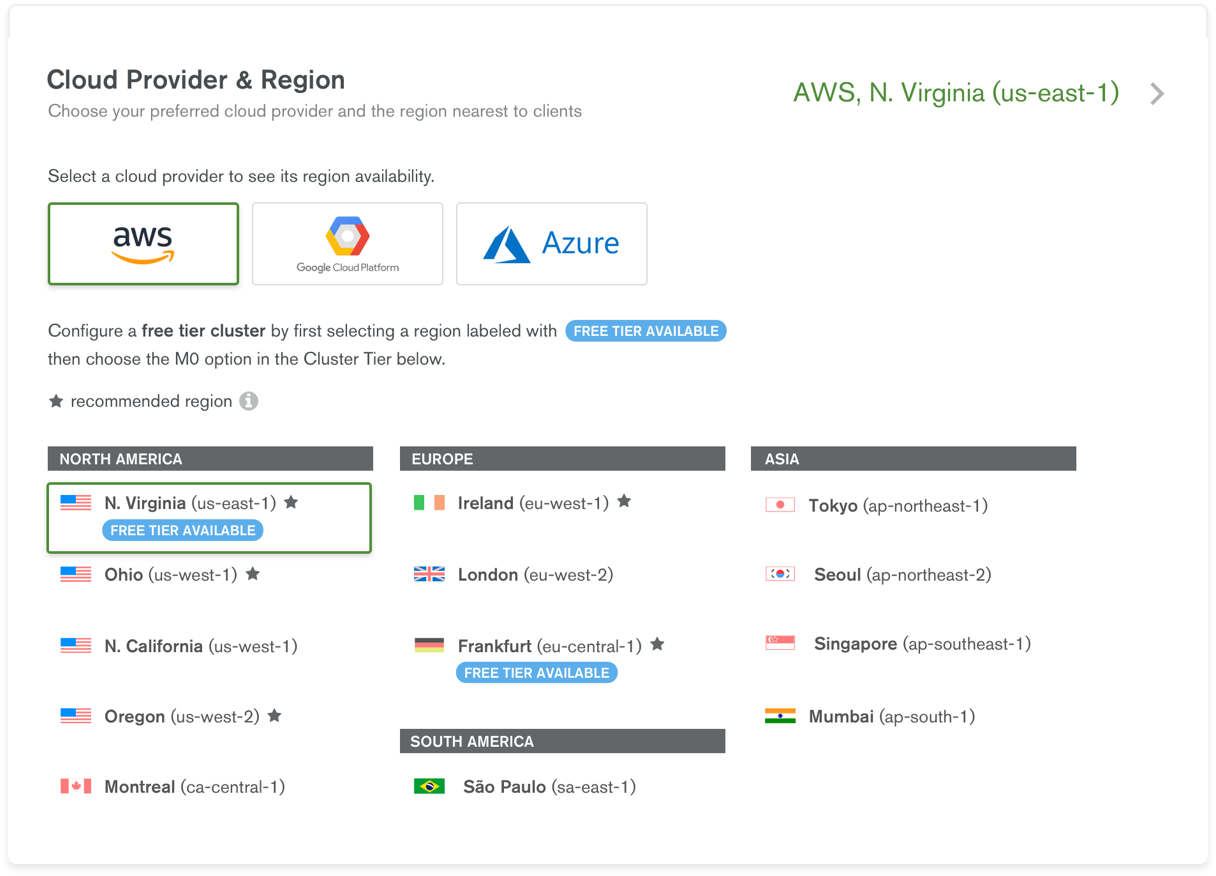
In particular, unless there is a very good reason to use mapReduce, group, or $where, you should disable the use of arbitrary JavaScript by setting javascriptEnabled:false in the config file. Not so: It is relevant to all MongoDB servers. It is easy to shrug and assume that a development server doesn’t need a high level of security. MongoDB’s security checklist gives good advice on reducing the risk of penetration of the network and of a data breach. Achieve extreme scale with the lowest TCO. ScyllaDB is the database for data-intensive apps requiring high performance + low latency. Forgetting to tie down MongoDB’s attack surface I like to use a different port to the default. While we’re talking about security, MongoDB must be kept up-to-date, and it is always worth checking logs for signs of unauthorized access. Do that method while you think about your fancy LDAP-based authentication.
#Mongodb compass pricing install
There are several authentication methods, but user ID/password credentials are easy to install and manage.

$where as a vector for injection attacks). To install it on a server on the default port without authentication is asking for trouble, especially when one can execute arbitrary JavaScript within a query (e.g. But because MongoDB is a multiuser system that likes to use as much memory as it can, it is much better installed on a server, loaded up to the hilt with RAM, even for development work. This is fine on a workstation, accessed only locally. Unfortunately, MongoDB installs without authentication by default. Creating a MongoDB server without authentication

In hopes of making it easier for other people, here is a list of common mistakes. With general experience, there will always be preconceptions of what databases are and what they do. When I was starting out with MongoDB, there are a few things that I wish I’d known about.

I’ve been a database person for an embarrassing length of time, but I only started working with MongoDB recently.


 0 kommentar(er)
0 kommentar(er)
